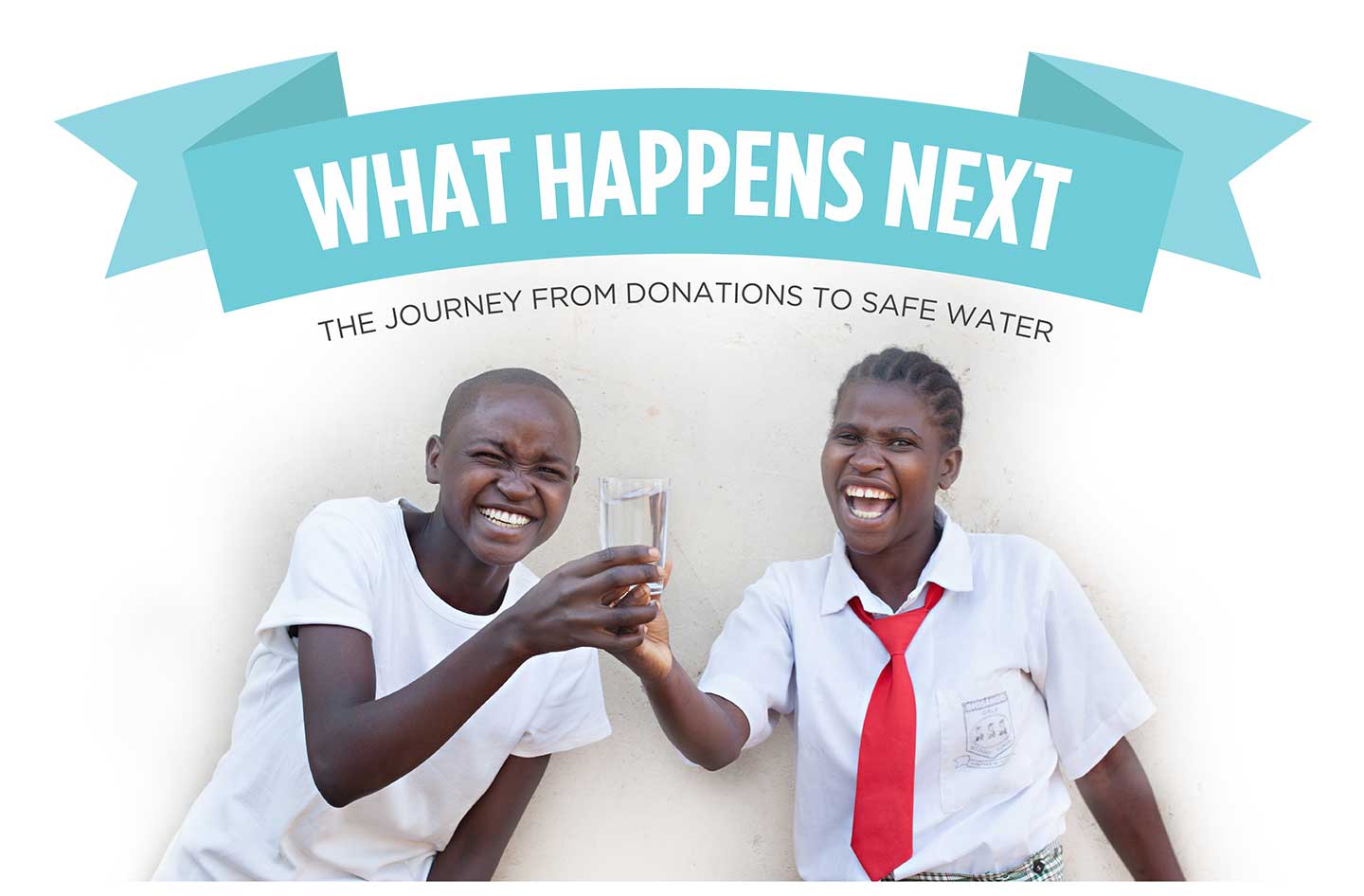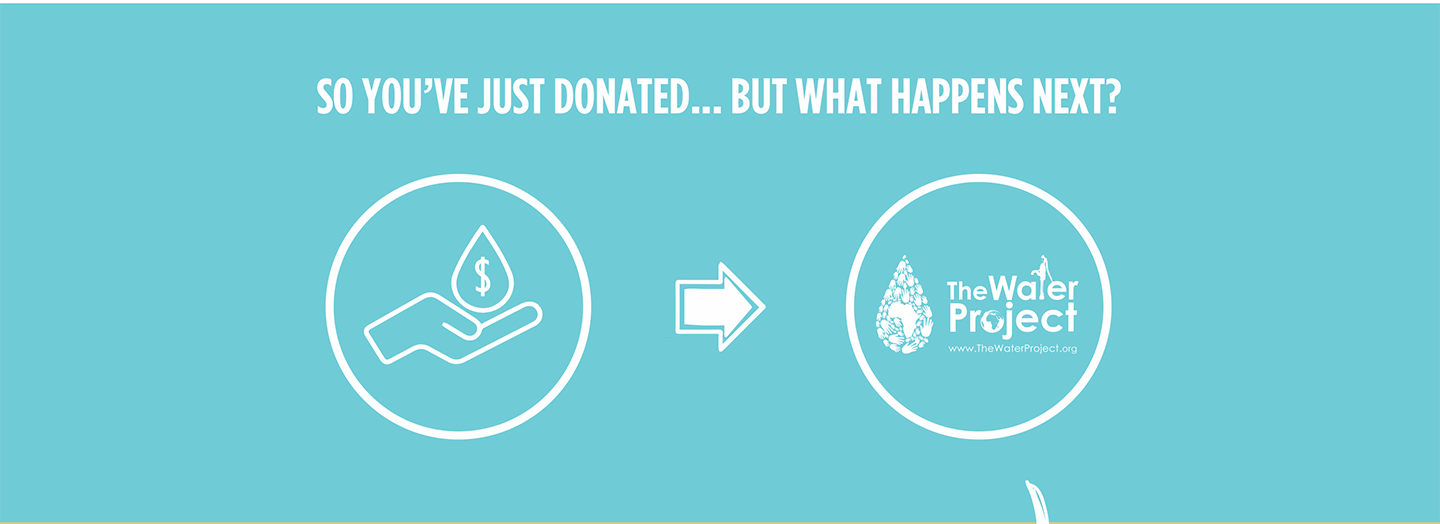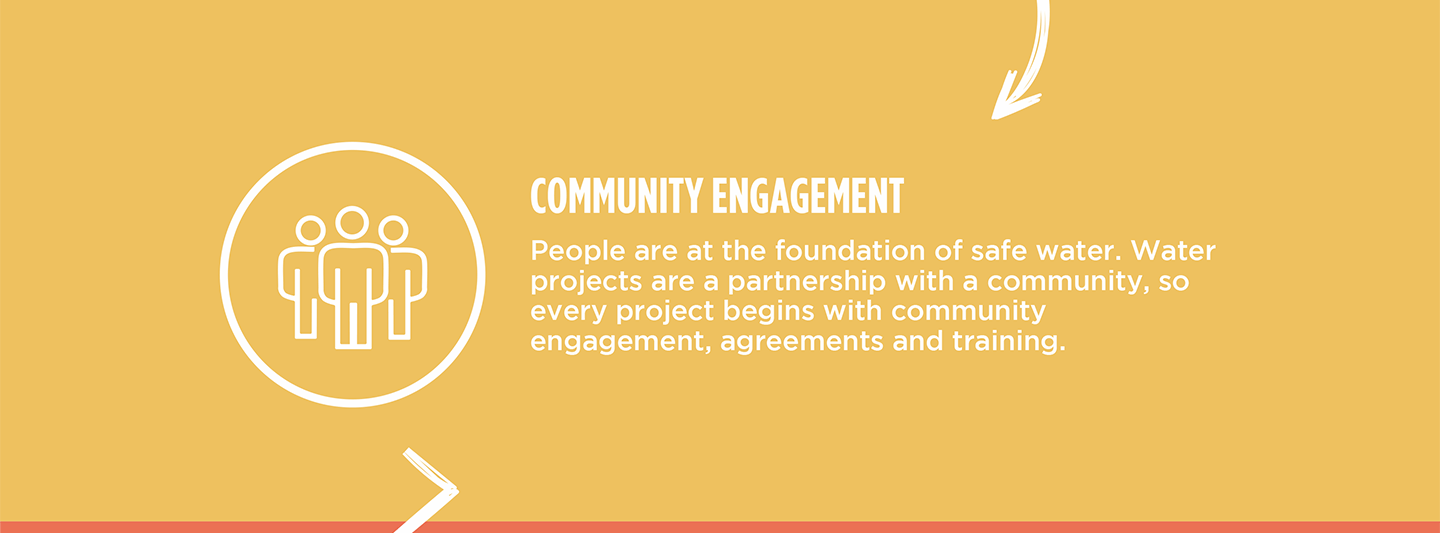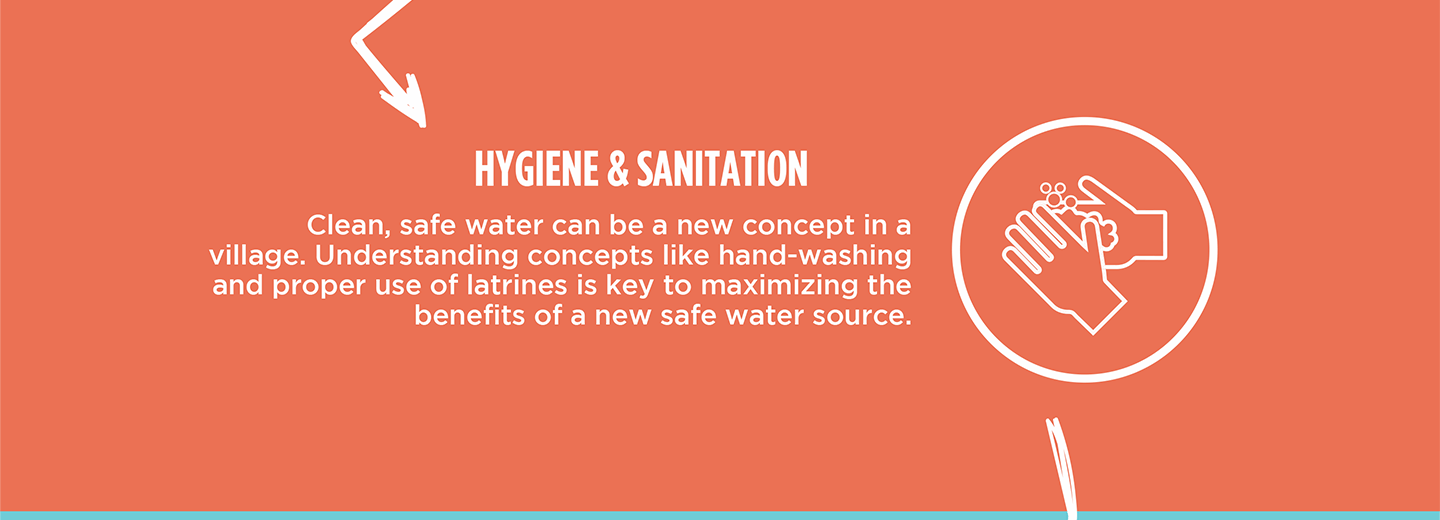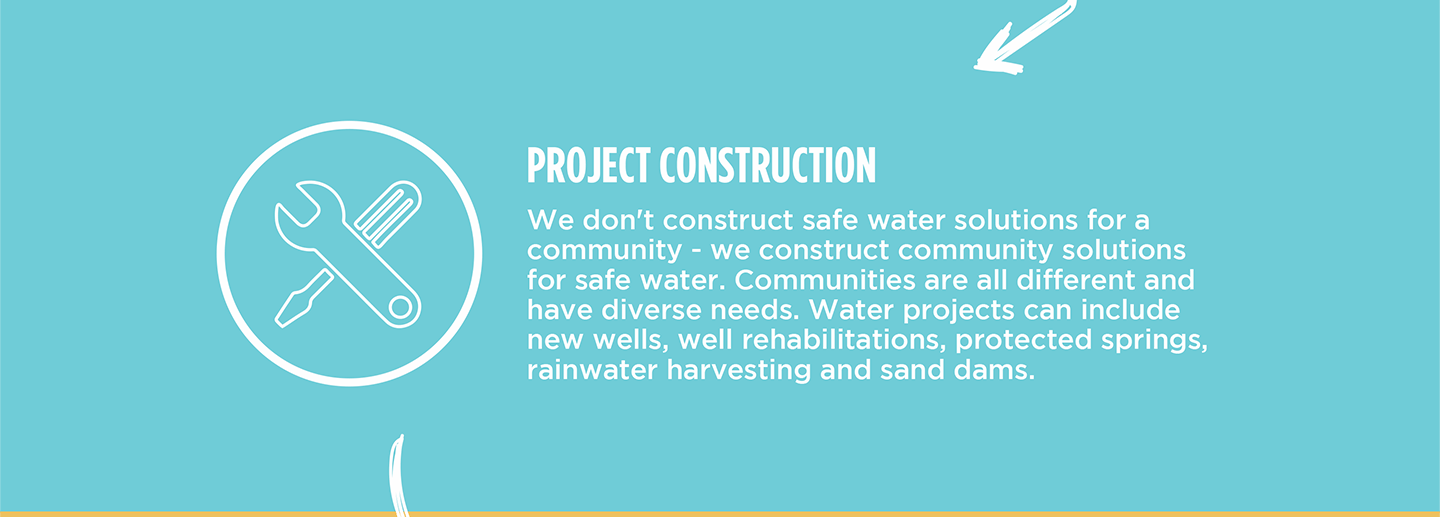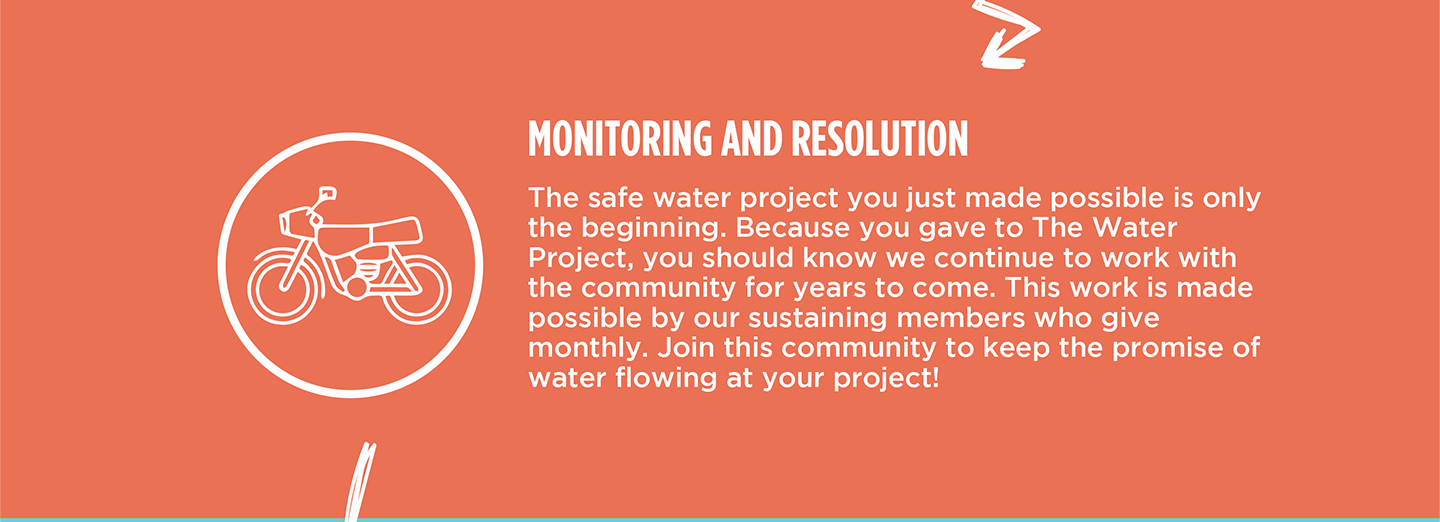In the Emakhwale Community, 350 people rely on Francis Nyarotso Spring, which doesn't meet their needs. The spring isn't protected, so the water is contaminated, and due to the slow water flow, long queues form.
Facilitator Mercy Odongo described the spring. She spoke of how brown the water is and how community members must stand in stagnant water to reach it. Because there is no fence around it, the community members must consistently cut down any grass around the spring to prevent dangerous animals from hiding there and attacking people as they come to collect the meager water that will almost surely make them sick.

Community member collecting stagnant water from the crumbling spring.
Waterborne illnesses like dysentery, cholera, and bilharzia keep children out of school, setting them further behind with each absence. Adults are just as prone to falling ill, making it impossible for them to tend their farms, as this is largely a farming community.

Farming activities.
At 35 years old, Jane Mwatia is all too familiar with this narrative.
"It isn't easy at all. When my two children fell sick because of drinking the contaminated water, they had to stay home, and I took time off my agricultural activities to take care of them, and this resulted [in a] low income since I wouldn't attend to the farm and they needed money for [the] hospital in order to be well."

Jane Mwatia.
Her children often struggle to catch up in school, and she struggles to keep up with her farm, creating a heavy financial burden that Jane can't seem to get out from under, no matter how hard she works.
"Children have to miss school because they cannot perform in class when they are sick, and taking them to the hospital requires money, leading to low income," Jane emphasized.
Jane isn't a woman with time to spare, so the long lines at the spring are just as devastating as the water itself.
"It worries me most of the time, but we cannot survive without water, and it is the only source we have," lamented Jane.
Going to collect water and waiting in line three times a day (her average) is barely possible when Jane and her children are healthy. When water-related illnesses inevitably strike the household, it becomes an impossible task.

Community members wait for their turn to collect contaminated water.
There's never enough water; what they have makes them sick. Their livelihoods and education are always on the back burner to the water crisis.
Jane easily summarized an impossible situation: "Without water, we cannot survive. Water is a better part of our lives, and we need it on a daily basis to perform different activities."
Change is achievable for the Emakhwale Community. A sustainable solution is within reach with the community’s resolve and our team’s support.
Steps Toward a Solution
Our technical experts worked with the local community to identify the most effective solution to their water crisis. They decided to safeguard the existing flowing spring.
Spring Protection
Springs are natural water sources that originate from deep underground. As water travels through various layers of the earth, it undergoes a natural filtration process, making it cleaner and safer to drink. To protect these spring sources from contamination, we construct a waterproof cement structure around layers of clay, stone, and soil. This design channels the spring water through a discharge pipe, facilitating easier, faster, and cleaner water collection.
Chlorine Dispenser
As an extra measure towards water quality safety, uniquely engineered chlorine dispensers are installed at all of our spring protection projects so community members can treat their water with pre-measured doses of chlorine. The chlorine treats any residual contamination and stays active for two to three days, ensuring water stays safe to use even when stored at home. Chlorine delivery and maintenance of the dispensers are part of our ongoing community support.
Community Education & Ownership
Hygiene and sanitation training are integral to our water projects. Training is tailored to each community's specific needs and includes key topics such as proper water handling, improved hygiene practices, disease transmission prevention, and care of the new water point. Safe water and improved hygiene habits foster a healthier future for everyone in the community. Encouraged and supported by the guidance of our team, a water user committee representative of the community's diverse members assumes responsibility for maintaining the water point, often gathering fees to ensure its upkeep.

 Protected Spring
Protected Spring
 Rehabilitation Project
Rehabilitation Project












